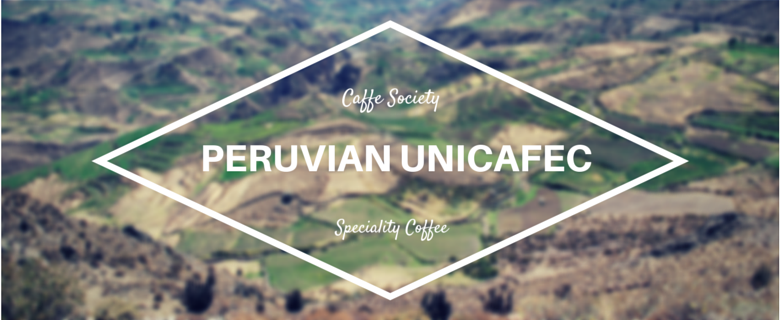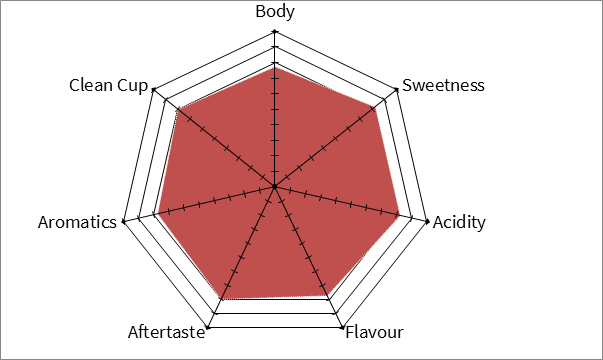Caffe Society Speciality Coffee: Peruvian UNICAFEC

We have recently taken delivery of three brand new speciality coffees in the past few days, all of which are available to order through our webstore.
In a series of posts, we’ll go through each different coffee in turn, showcase our tasting notes and the story of the coffee’s origin. First up today is a high-grown Peruvian offering from the mountain plantations near San Ignacio. It’s exceptionally versatile, very forgiving and packed full of flavour.
Peruvian UNICAFEC
The first thing that struck us about this shipment was its balance, in fact it’s one of the most balanced cups that we’ve tasted in a while. And when we got down to testing it by brewing it in a number of different ways we were very surprised on how well the flavours held up no matter if it was served as an espresso, filter or used to make a latte. Immediately, we knew we had a quality coffee on our hands.
This coffee comes from the collective work of the Asociación Union de Cafetaleros Ecológicos, better known as UNICAFEC.
Founded at the turn of the millennium when many small-scale farmers were constantly being exploited by large corporations and unscrupulous middle-men, the cooperative was formed in a bid to help those who relied upon agriculture to demand – and ultimately receive – a fair price for their goods.
But since coming into existence UNICAFEC has evolved into something bigger. Now approaching some 400 members, the group splits and invests its profits to allow farmers to achieve ethical accreditation. Recently, the group has just constructed a state-of-the-art coffee laboratory and research centre, which is helping them provide educational and training facilities for their members.
Other benefits that the cooperative has brought to the region include the advent and construction of solar drying tunnels, guidance on how to combat leaf rust and technical and financial advice.
The technical bits
The farmers that comprise the UNICAFEC cooperative are all based around San Ignacio, a small town in the Cajamarca Region of Peru. The town is quite secluded and is one of the main rest stops for weary travellers who are making their way up north towards the Ecuadorian border. In many ways it is quite a unique settlement, but like many of the towns in this part of Peru the climate is warm, the soil is primed for agriculture and the altitude is high.
The majority of UNICAFEC’s farmers intercrop coffee with other fruit, which explains the slightly conflicting light (green apple) and dark (dates) flavours that characterise this cup. That said, it’s something which works wonders!
- Origin: San Ignacio, Cajamarca
- Farm: Various
- Altitude: 1,200-1,700m
- Varietal: Catimor, Caturra, Mundo Novo & Typica
- Process: Ferment-and-washed and dried in solar tunnels.
In the cup
The initial profile is bright and sweet, but throughout the cup is a prominent note of green apple which is backed up by hints of dates and other dried fruit. These flavours and characteristics combine to create something that is remarkably balanced and exceptionally weighted: It’s not too acidity, it’s not too heavy, it’s not too crisp and it’s very rewarding in its nuanced complexity.
Tasting profile
- Body: 7.5
- Sweetness: 8
- Acidity: 8
- Flavour: 7.5
- Aftertaste: 8
- Aromatics: 7.5
- Clean Cup: 8
- Total: 54.5
- Correction: +30
- Overall Score: 84.5

Brewing recommendations
However you prepare this Peruvian UNICAFEC offering you’ll end up with a clear cup filled with those apple and date notes that we’ve mentioned. But if you are using an espresso machine, we advise you to keep the extraction time slightly short in order to accentuate that dried fruit edge which underpins that crisp apple crunch.
We’ve found that wielding a cafetiere produces some truly great results too – so that’s something to bear in mind you domestic brewers!
Peruvian UNICAFEC is available to purchase in 200g bags.
photo: Adapted, original by Ivan Mlinaric (used under creative commons)
